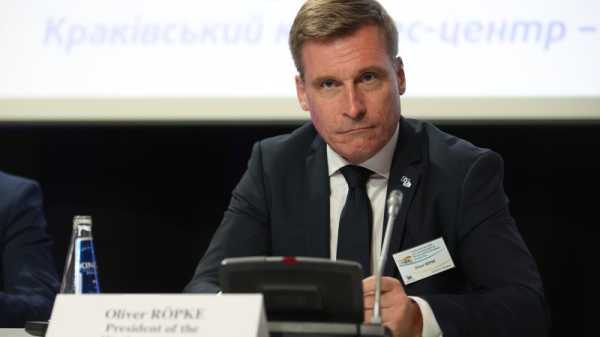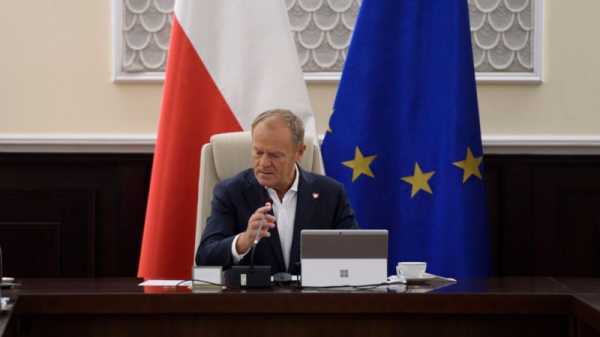
Young people’s voices should have a permanent role when considering legislation, the President of the European Economic and Social Committee (EESC) Oliver Röpke told Euractiv in an interview, adding that youth participation should not be treated as a ‘fig leaf’.
The EESC is the first institution to implement the EU Youth Test, a participatory tool used to bring young people and youth organisations in to draft opinions considered in EU lawmaking.
“We promised in the last mandate already that we want to move forward with youth implementation, youth involvement,” Oliver Röpke, EESC president, told Euractiv.
The EU Youth Dialogue, another participatory tool put into place by the European Youth Forum, has been implemented since 2009 and facilitates dialogue between youth and decision makers.
The Youth Test seeks to put young people and youth organisations in the rooms where decisions are made, particularly the sorts of decisions that will affect their lives in the long run. It will also allow them to provide consultation from a younger generation’s perspective on issues like climate change.
“Fighting climate change is definitely something which is the core interest of young people,” Röpke said. “So we have always used a delegate [at COP Climate Conferences], which was very helpful to open our minds.”
There is an open-call application online for young people ages 18 to 30 to participate. A selection panel within the EESC goes through the applications, and the final decision is made by the Bureau.
Permanence
The Youth Test was included in Röpke’s manifesto, which was released when he was appointed EESC president back in April.
“I was committed in my manifesto to set up a permanent structure here in the house for young people,” Röpke said.
In its implementation, the Test asks its participants to brainstorm other permanent methods to include youth in the EU’s decision making processes. The EESC Youth Group will allow the EESC to further implement the Youth Tests beyond pilot projects already in action.
Rather than asking for young people’s opinions on a case-by-case basis, Röpke said the Youth Group should bring a more permanent, structural solution to including young voices when considering legislation.
“I think we cannot do this only on an ad hoc basis because this would be very weak,” Röpke said. “It should be a principal decision here in the house to have young people.”
‘Not a fig leaf’
Among the key points of the EU Youth Test, Röpke notes the test “shouldn’t be a fig leaf for our activities.” Instead, it should add to existing participatory tools rather than substituting other tools or glossing over relevant issues.
“More and more, we want to be a convening space for civil society and also for youth organisations,” Röpke added.
The implementation of the Youth Test extends to member states, but also the UK and candidate countries
“I think we all agreed that the geopolitical context has dramatically changed,” Röpke said. “We can see this now, enlargement is on the political agenda even if it won’t happen today or tomorrow. But it will happen in some years, and Europe has to position itself.”
“It’s maybe a bit easier for us to involve our partners from candidate countries, but I think others should follow,” Röpke said, pointing to the soft power of the EESC, which only provides consultation on EU policy-making.
While the Youth Test seeks out diverse voices on the basis of geography, age, gender and balance of interests, it doesn’t have measures in place targeting diversity in terms of race, sexuality and ability.
“We want to make one step after the next,” Röpke said.
“But we will definitely look into measures to increase equality in our house and inclusiveness in our house,” Röpke said.
[Edited by Alice Taylor]
Read more with EURACTIV

The existential angst of Europe’s left
Source: euractiv.com



